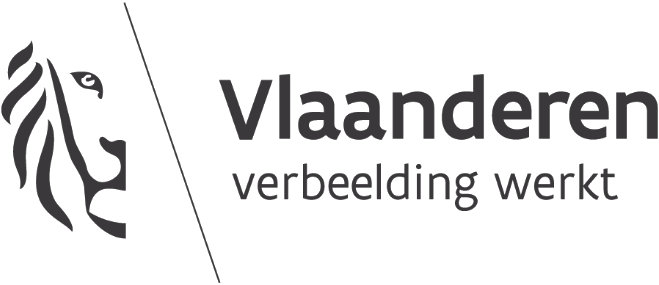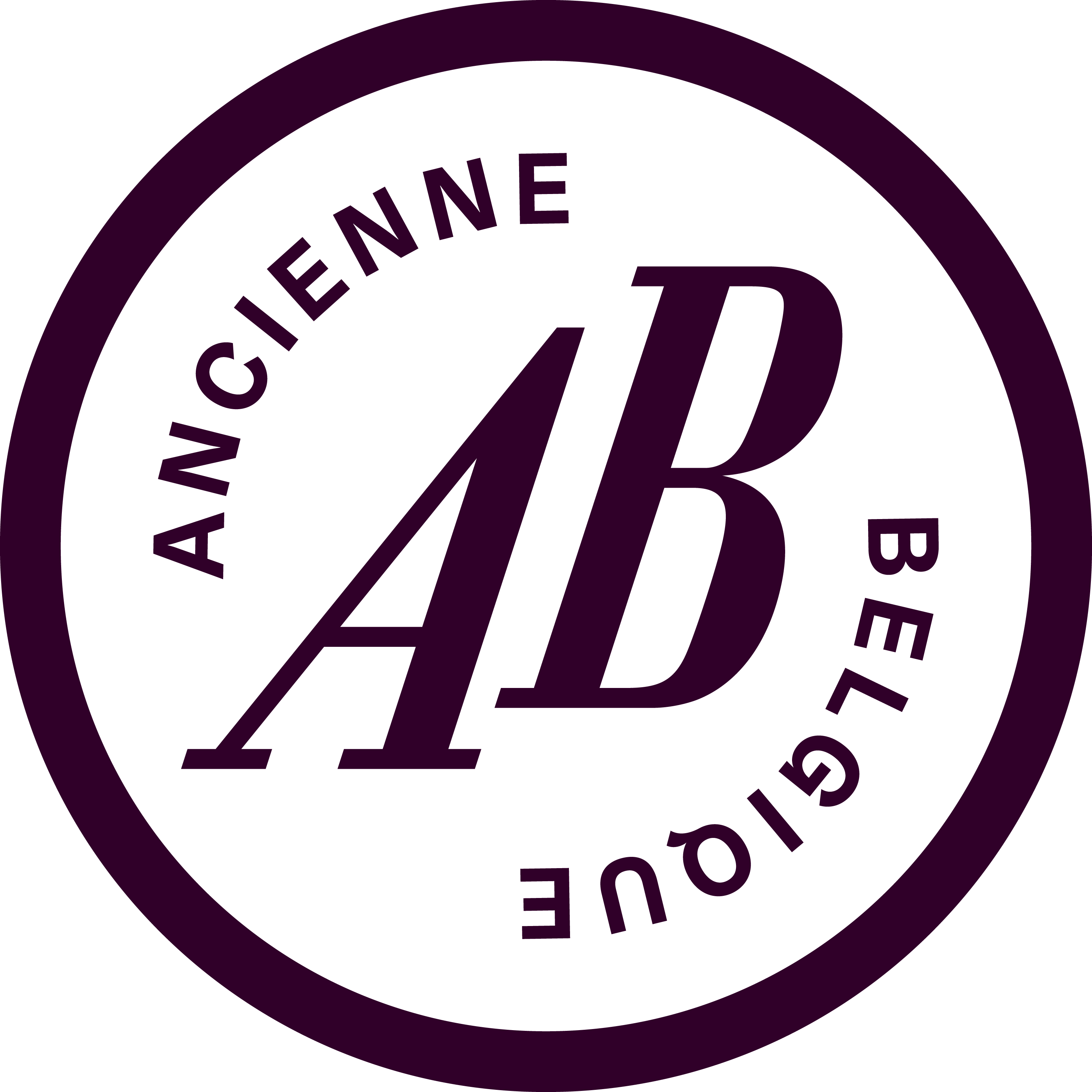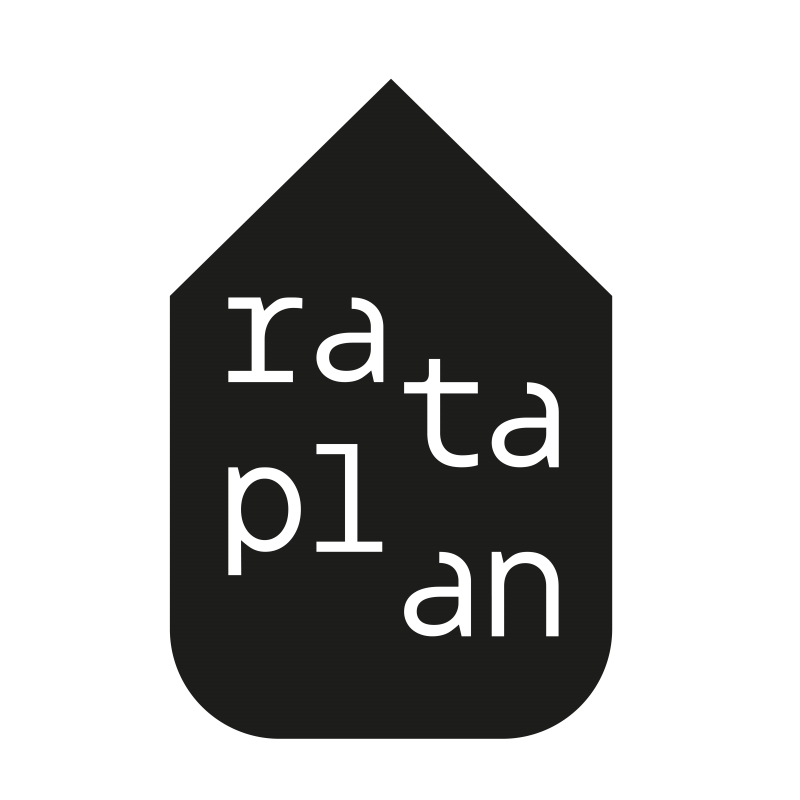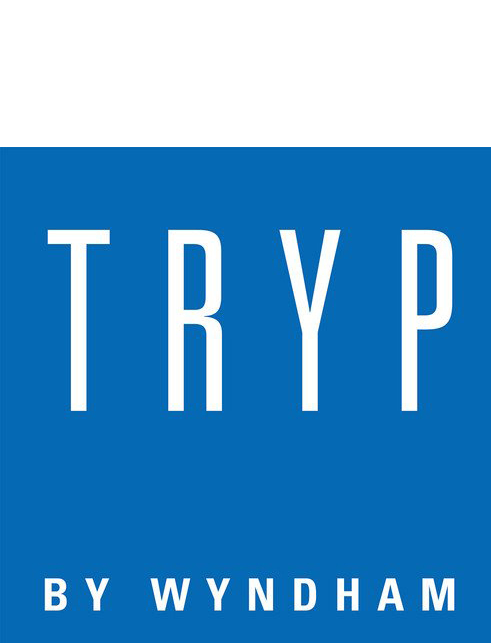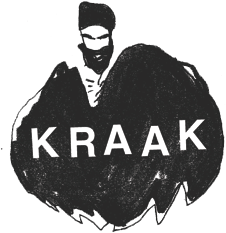‘Head to Head’ is a series of interviews by Sound in Motion’s Joachim Ceulemans, talking in depth with artists appearing in the Oorstof concert series, the Visitations residencies, the Summer Bummer Festival or who have a release on the Dropa Disc label. These interviews will be used to promote the upcoming events and releases and who knows, maybe they will end up bundled and printed one day.
As one of the pivotal figures of creative music in Chicago since the nineties, trumpeter and cornetist Rob Mazurek (1965) has made a mark on jazz and improvised music on an international scale. His Exploding Star Orchestra is one of the most original and influential large ensembles in its genre and with Chicago Underground, São Paulo Underground and many other projects, he has proven himself a singular voice as a composer, band leader and improviser. After living in Chicago and different places in Brazil, he is now residing in Marfa, a small desert community in Texas where his art seems to be coming into fruition even more. Mazurek is performing at Summer Bummer Festival with Star Splitter, his duo project with Gabriele Mitelli.
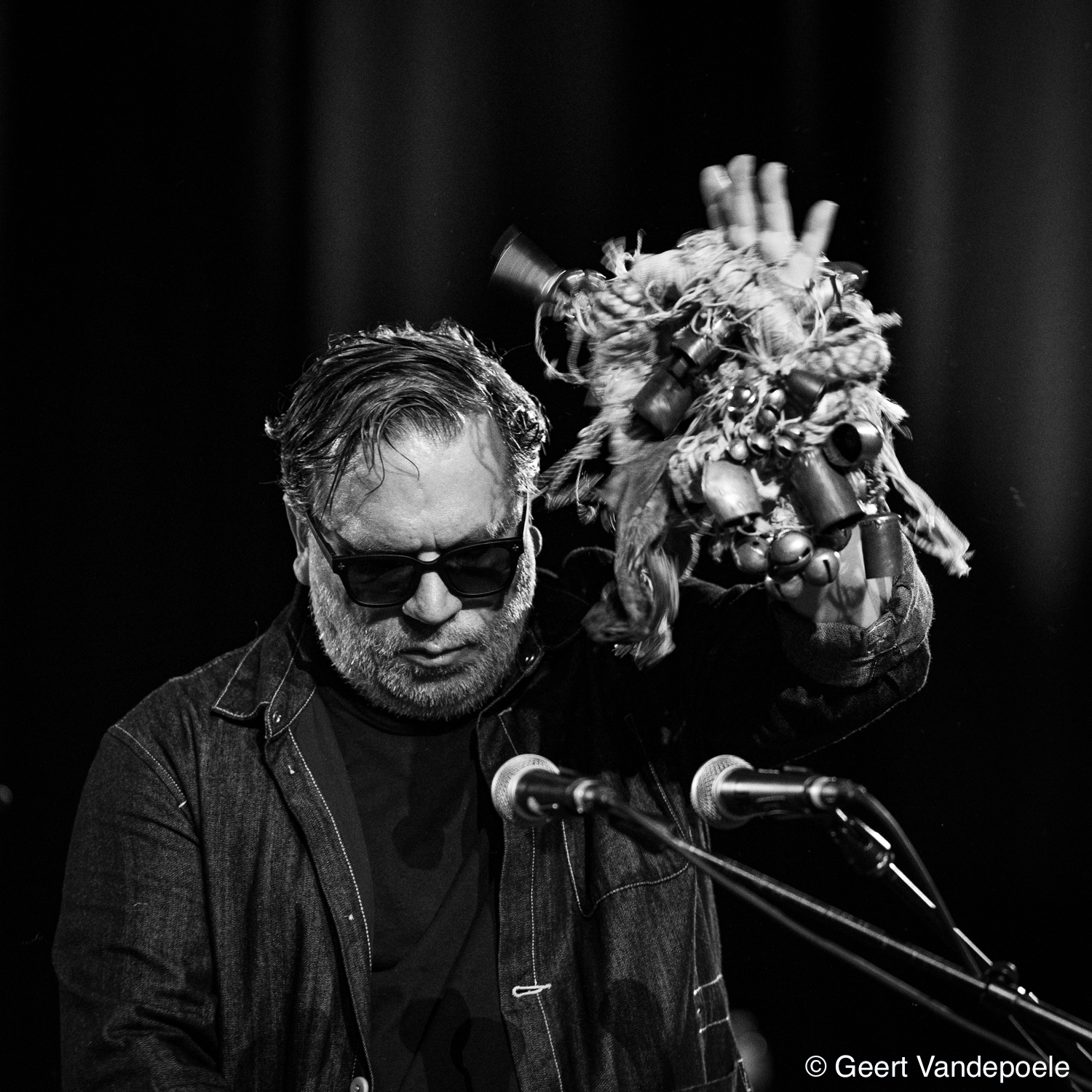
The Star Splitter project with Gabriele Mitelli consists of two people playing trumpets or cornets and electronics. That isn’t something you see very often. What’s the origin of the project?
I had played at Gabriele’s festival Ground Music in Brescia, Italy and actually the first two times I played there, he wasn’t there because he was touring or doing something else. But everybody was telling me about this mysterious trumpet player that had quite a bit of influence from me and I thought oh my god I feel sorry for the guy (laughs). The third time I visited the festival, I finally did meet him and it was an instant beautiful rapport so we just decided to play. He’s my kind of doppelganger or something. He also plays some saxophone and we both use samples and our voices so it’s almost like a solo situation chopped in half. I find it amazing to be honest.
I’ve seen you perform solo and I remember it being a very intense and spiritual experience. The video fragments I’ve seen of the Star Splitter duo seem to be in that same vein.
Absolutely. it’s very grounded in feeling. It’s improvisation but also extremely spiritual. It’s like two balls of energy rolled into one and that produces quite a bang. You never know what’s gonna happen!
The music is completely improvised and that’s quite far off from where you once started. I read somewhere that your music changed course after you saw a performance of the Sun Ra Arkestra, because at that time you were a hard bop player.
Not exactly. I already saw the Arkestra when I was fifteen and they really blew me away. It didn’t only inspire me to make music but also to compose. Then in 1983 I moved to Chicago and pretty much for the eighties and the early nineties I was basically just learning how to play jazz. Standards, blues and those types of forms. I was still writing my own music, but it was very much in the realm of hard bop. Then Jeff Parker came to town from Boston. We had just gotten out of the Berkeley School of Music and we started playing together. Jeff was really the one who got me back to listening to freer forms of jazz: Art Ensemble of Chicago, Sun Ra and all of these types of music, along with Xenakis, Steve Reich and other composers, because in parallel, I was studying classical and modern composition at the University of Chicago. And I was painting a lot, in the realm of color.
Chicago in the nineties looked like a place where there was an interesting overlap between genres like rock, improvisation and jazz with bands like Tortoise and Isotope 217°. It seems like Jeff Parker played an important role in that.
Yeah definitely. He started Isotope 217° around the time I started Chicago Underground. It was a time when genres were being destroyed. Actually Isotope almost got back together for a special event in honour of Jaimie Branch because she really loved the band, but it was a bit too complicated. Jeff’s sound is really ingrained in my soul and I love how he’s been focusing on his own music the last few years. It’s so nice to see that evolution.
Bill Dixon was also important in your musical development, right?
I met Bill Dixon at the Guelph Jazz Festival in Canada and for some reason he immediately liked me. Which was important, because he could be pretty rough on people at times! He really enjoyed the way I played. After that initial meeting I would go to his house in Vermont for weeks at a time and just spend time with him. He would always insist he was not teaching me and that I wasn’t a student, that we were equals and that we were just hanging out. But of course he was my teacher. We had a wonderful rapport and I learned so much from him. I was lucky enough that he said yes to play on that Exploding Star Orchestra record (Thrill Jockey, 2008), which was really an important recording and an important part of my life to have that happen.
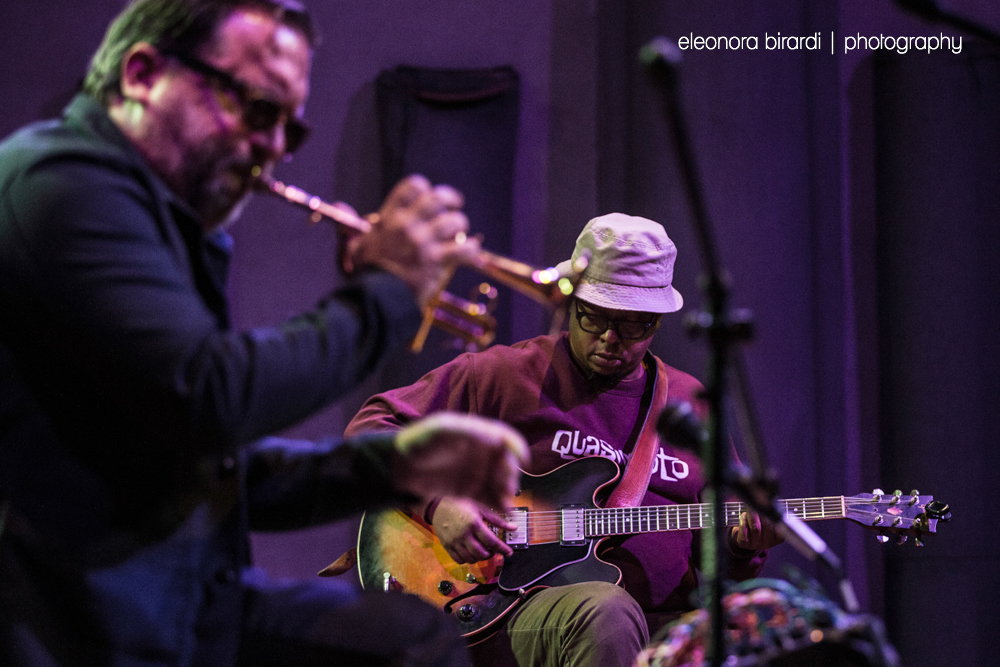
Rob Mazurek & Jeff Parker
A few weeks ago I was reading ‘Nova’ by the science fiction writer Samuel R. Delany and I realized you might have triggered me into reading his work because you mentioned him a few times in liner notes or interviews. It’s also the book where the quote “A moon’s beauty is in variations of sameness” comes from, by which one of the characters is trying to explain that he prefers moons over whole worlds and planets with all their complexities. You used that quote on Alternate Moon Cycles, the very first release on International Anthem.
Well, he’s one of my favorite writers and that’s one of my favorite books. He’s very poetic in his writing and everything. So I get a lot of inspiration from his stuff. When we did Alternate Moon Cycles, everything about it just seemed to project this energy of that Samuel R. Delaney quote.
Space is a recurring theme in your music and even in band names like Exploding Star Orchestra and Star Splitter. Is that also a result of your interest in science fiction?
Yeah, totally. I’ve been reading science fiction for many years and have been interested in the idea that we are all in outer space. We’re not at the center of it. It has fascinated me for a long time, just the fact of not knowing what’s going on and where we come from. I choose to think that we all come from the stars. The basic premise of that is that if we can all agree that we just come from the stars, there’s a lot less chance of there being any kind of war or anything, because we have something in common that we can all agree upon. It’s pretty evident that something happened out there to make all this. So I just love this idea of science fiction or specular speculative fiction because all of my music and all of my art has to do with trying to find a way to create a more utopian, inclusive existence. Going back to the statement of that character in ‘Nova’ liking moons better, it gets complicated when you get people’s ideologies in the way and science fiction or speculative fiction helps to broaden the mind to think outside of that and imagine a more beautiful future… or past. Because we don’t know if time is linear.
I always admired the instrumentation of your bands because it’s often pretty unique and with a specific purpose. When I was preparing this interview I was listening to Double Demon by Starlicker, the trio recording you did with Jason Adasiewicz on vibraphone and John Herndon on drums in 2011. It didn’t strike me back then but the blending of sounds and harmonics from the vibes and the cymbals, how that all dances together, is incredible. It reminded me that a lot of your music seems to be based on sound itself.
Absolutely. I think of sound first. The impetus of that particular recording is to hit frequencies that have the capacity to really affect the listener and myself and the group. To put it simply, the beginnings of that situation was the idea of just banging on a vibraphone and cymbals in order to get those higher frequencies right in tune with the mind. There’s a lot of moving parts in that music because the compositional aspect of Starlicker is pretty intricate. But it’s all based on those frequencies. I’ve listened to a lot of spectral music, based on the harmonics of the instruments and especially the music of Kaija Saariaho, who passed away recently. But my music is not a derivative of that, because I don’t think there can be one way of doing anything. For me it’s just finding the frequencies in my head that make the most amount of sense. When those frequencies feel right, like the sustained vibraphone tones moving in tandem with the rest, that’s what gets played. That’s why there’s no bass or no other instrument in Starlicker.
Is that also the reason Exploding Star Orchestra never had a big horn section for instance? That’s kind of rare for a big, jazz related ensemble.
Yes! I mean, if you look at the various Sun Ra groups over the decades, there are so many different iterations and different combinations of instruments. When I was hanging out with Bill Dixon, he would constantly tell me that even with his solo recordings he thought orchestrally in terms of the way he was approaching the music. So I use that bit of wonderful information from Bill for Exploding Star Orchestra. The orchestra’s constantly shapeshifting based on what the compositional material is. When I write the music I’m either thinking of a certain combination or trying to get to a certain pitch or density. A few things stay similar in most of the music, but not always. Nicole Mitchell’s flute is pretty integral and there’s also Damon Locks’ vocal incantations and the two drummers of course. But just in terms of thinking compositionally, it always goes back to what we discussed right before that: finding these frequencies that, at least to me, could cut through the mire of regularness and make something that has the capacity to create some kind of utopian sound world.
You mentioned Nicole Mitchell, but there’s also another musician you have a longstanding musical relation with that I wanted to ask you about: Chad Taylor. How long have you been playing together?
Close to thirty years! He’s the propulsion of a lot of the stuff I do, especially in Exploding Star Orchestra, because with drummers, I always like to get someone who can really set the tone of the thing and then another drummer that can open the sound up. Chad has the capacity to do both those things. Also in Chicago Underground and all the trios and quartets as well. He’s one of the most brilliant drummers and musicians on the planet. He’s super badass and he definitely needs more recognition.
A lot of the music and musicians we talked about are mostly related to Chicago. You’ve been living in Marfa, a small village in Texas, for a few years now. A while ago, you lived in São Paulo in Brazil. What’s your motivation for moving to those remote places?
Brazil is amazing. I lived in Manaus for three years in the Amazon rainforest and then I moved to the capital Brasialia and finally São Paulo. That’s three very different places with different sounds and different things happening. After that I went back to Chicago for a while, where I met my beautiful wife Britt and we ended up marrying in Sardinia. We took a trip out here to Marfa Texas, a very small, 2,000 person kind of high art community in the middle of the Chihuahuan Desert. It was just time to have another location in a different view of living. So, we’re out here almost eight years now. And, you know, I have the music studio here, I have the art studio, the painting, the sculpture and the installation studio. So between all of that, I’m really able to focus on new ideas and new ways of approaching things so I can keep the cycle moving.
Do you consider your music to be something separate from your visual art?
For years I’ve been trying to make it into just one thing: the concept of sound as vision and vision as sound where you don’t have lines demarcated or any kind of boundaries between the stuff. I’m reaching towards that ideal and I think it’s coming to fruition. I’m doing installations around the world, where I’m making drawings from sound and then taking photographs of the drawings and paintings, putting them into programs where the sound animates them, then taking stills from that and making paintings from that. So it’s all becoming one cycle I keep working on. I’ve been working on that for twenty years and with time spent, these breakthroughs keep coming.

